
Looking back over the 80-year journey since the great victory of the August Revolution in 1945 (1945–2025), we see more clearly the indispensable role of the people in the struggle for national independence. In that heroic historical flow, the image of Vietnamese women, especially women in the South, stands out as a symbol of patriotism, indomitable spirit and strong will.
They were not only a solid rear base and a source of spiritual strength, but also directly participated in revolutionary activities. Their silent but extremely great contributions contributed to the resounding victory of the historic autumn of 1945, officially ending the yoke of French colonialism, opening a new era, an era of independence and freedom for the nation.
The sacrifice and dedication of women is an endless epic, deepening the humanistic values and indomitable spirit of the Vietnamese revolution. This epic will forever be a source of inspiration for future generations, affirming that Vietnamese women are an inseparable part of every glorious page of the nation's history.
With a strong patriotism and strong will, women in the South actively participated in demonstrations, rallies, and mobilized the masses to rise up against colonial and fascist rule. In particular, during the period of the Japanese coup against the French (March 1945) and the revolutionary movement, women participated extensively in political organizations such as the Women's Association for National Salvation and the Women's Association for Anti-Imperialism - organizations under the Viet Minh Front. Millions of women participated in tasks such as hiding cadres, acting as liaisons, propagating the revolution, organizing rallies and protests, transporting food and weapons. Here, they were trained, matured, and became core cadres, in charge of propaganda work, mobilizing people to rise up in uprising. Many people directly led the masses to occupy government headquarters, participated in military activities, skillfully persuaded enemy soldiers to turn their backs on the colonialists and return to the people, contributing to weakening the enemy's ruling system.
Before the August 1945 uprising, women in the South had gathered a large force of women, including the Women for National Salvation and the Women for Vanguard, who were enthusiastically ready to fight and played a core role in propaganda, mobilization, and mass organization activities, contributing to creating a revolutionary movement nationwide. Women took to the streets to protest, organize rallies, and demonstrate for people's rights, democracy, and to oppose the oppressive policies of the colonialists and fascists. These protests took place widely in rural and urban areas. Everywhere, women were assigned to buy guns and ammunition from French soldiers, Japanese soldiers, and green-clad soldiers. Women also actively participated in the militia and self-defense force, day and night maintaining order, protecting security, protecting villages, actively raising funds to support the revolution, infiltrating deep into military camps, mobilizing enemy soldiers to transfer ammunition, surrender guns to the revolution, building bases of operation in the enemy's heartland, such as Ms. Pham Thi Nhung and Huynh Thi Nguyet, who created bases of operation in military camps in Soc Trang town. She was a revolutionary base throughout the two resistance wars against the French and the Americans and participated in revolutionary activities from August 1945 with the task of delivering letters, communicating, and connecting bases for cadres. Ms. Nguyen Thi Tot was born in 1907, from Phuoc Thanh commune, Chau Thanh district, Ben Tre province. In 1945, she joined the Women's Association for National Salvation, the Association of Mothers of Soldiers and enthusiastically participated in popular education movements, rice jars for resistance, donated food, cloth to the army, encouraged young men and women to join the army... It was the strong participation of women that contributed to mobilizing the entire population to join the General Uprising, creating comprehensive strength for the August revolutionary movement.
On August 15, 1945, Japan surrendered unconditionally to the Allies. President Ho Chi Minh called out: “The decisive hour for the destiny of our nation has come. The whole nation, let us rise up and use our own strength to liberate ourselves.” Under the leadership of the Party and President Ho Chi Minh, the people of the South and the people of the whole country rose up and carried out a glorious uprising. Millions of women from all regions, living in the areas of terror and tight control under the Japanese and French fascists, rose up with the strength of the entire people to rise up and seize power.
On August 17, 1945, in Tra Vinh town, more than 500 women carrying machetes, bamboo sticks, and conical hats protested, demanding the surrender of the pro-Japanese government. The protest then spread and successfully took power in the province. During the August 1945 General Uprising, under the leadership of the Communist Party and the Viet Minh Front, all social classes in the South, especially Khmer and Chinese ethnic people and women everywhere, actively participated in the revolutionary forces. In each thatched house, women became the pillars to protect the revolutionary base. They hid cadres in cellars, dug holes to store documents under jackfruit trees; they cooked, sewed clothes, and supplied each package of rice and bottle of water to cadres and soldiers. These were silent, anonymous activities, but they were the "blood" that fed the revolution.
From August 23 to 28, 1945, in the South, the uprising achieved complete victory. Hundreds of female cadres, through training and struggle, were appointed to leadership positions of the Party, provincial, district and communal governments. Mrs. Sau Ngai (Tran Thi Nhuong) was appointed as Secretary of the Sa Dec Provincial Party Committee; Mrs. Nguyen Thi Hong participated in the My Tho provincial government; Mrs. Nguyen Thi Dinh participated in the Ben Tre provincial government. Under the leadership of Mrs. Nguyen Thi Dinh, My Tho and Go Cong women waited for the opportunity with a well-organized team. In the provinces, districts and communes, oppressed and exploited women were the most enthusiastic force participating in the uprising. Many women participated in leading the uprising. In the urban areas, many female workers, poor people, intellectuals, consumer bourgeoisie, and national bourgeoisie who had long been oppressed under the yoke of Japanese and French fascism were enlightened and trained by the Party and enthusiastically took to the streets. The uprising movement broke out in series throughout the provinces of the South. During the uprising, women played an important role. Women were enthusiastic about doing anything: studying military affairs, learning first aid, preparing food reserves, buying red and yellow cloth to make red flags with yellow stars and hammer and sickle flags. In Saigon, with just one or two nights of preparation, women had finished sewing tens of thousands of red flags with yellow stars and hammer and sickle flags to fly in front of apartments and offices. People saw many groups of women, women for national salvation, women in the vanguard, women in the ambulance, women in the markets with flags, banners, and slogans to show their strength. Among the protesters in the uprising on August 25, 1945, there were hundreds of thousands of women participating.
The red flag with yellow star of the Saigon Women's Association for National Salvation used in the resistance war against the French in 1945 - Artifact of the Southern Women's Museum
"Tu va" used as a signal to gather people of Tan Xuan commune (Ben Tre)
during the August Revolution in 1945 – Artifacts of the Southern Women's Museum
While the uprising movement was taking place vigorously in the localities, many generations of women actively participated and directly led the revolutionary movements. Heroic Vietnamese Mother Nguyen Thi Thap (1908–1996), a woman from My Tho – Tien Giang, from the 1940s, she participated in the Southern uprising, was arrested and interrogated by the enemy, but she refused to reveal a word. By 1945, she was the leader of the movement to seize power in My Tho. After the August Revolution, she continued to actively work to build women's forces and consolidate the young government after the revolution.
Women not only contributed to the local government but also played an important role in maintaining the revolutionary government after the victory, many women also held key leadership positions in the young revolutionary government at the grassroots level. Vietnamese women in the August Revolution demonstrated patriotism, courage, intelligence and mettle. They were an indispensable part of this historic victory, and are a testament to the great role of women in the cause of national liberation.
Exactly 80 years (1945 - 2025) since the great victory of the August Revolution in 1945, the history of the Vietnamese nation forever deeply engraved the great role of the people in the cause of fighting for national independence. In the heroic flow of revolutionary history, the image of Vietnamese women, especially women in the South, has risen to become a symbol of passionate patriotism, unwavering indomitable spirit and strong will to overcome all hardships.
They were not only a silent and solid rear, but also directly and decisively participated in revolutionary movements. From there, they contributed significantly to the turning point victory of the historic autumn - an autumn that forever opened the era of independence and freedom for the Vietnamese Fatherland. That extraordinary, silent but extremely great contribution is an endless epic, deepening the humanistic values and indomitable spirit inherent in the Vietnamese revolution. This role is not only a part of history, but also a powerful testament to the inner strength and ability to create the future of women in a turbulent historical context.
Nguyen Ha Thanh Truc
Department of Communication - Education and International Relations
References:
- Vietnam Women's Union - Witnesses in the revolutionary autumn. https://vwu.vn/web/guest/tin-chi-tiet/-/chi-tiet/nhung-phu-nu-la-chung-nhan-lich-su-trong-cach-mang-thang-tam-nam-1945-215401-4529.html
- Southern Women's History Group (2015), History of Southern Women's Resistance War, National Political Publishing House.
- Vietnam Women's Union (2020), Memories of Women in the Southwest, Vietnam Women's Publishing House
Source: https://baotangphunu.com/phu-nu-mien-nam-bieu-tuong-cua-long-yeu-nuoc-va-y-chi-kien-cuong-trong-cach-mang-thang-tam-1945/





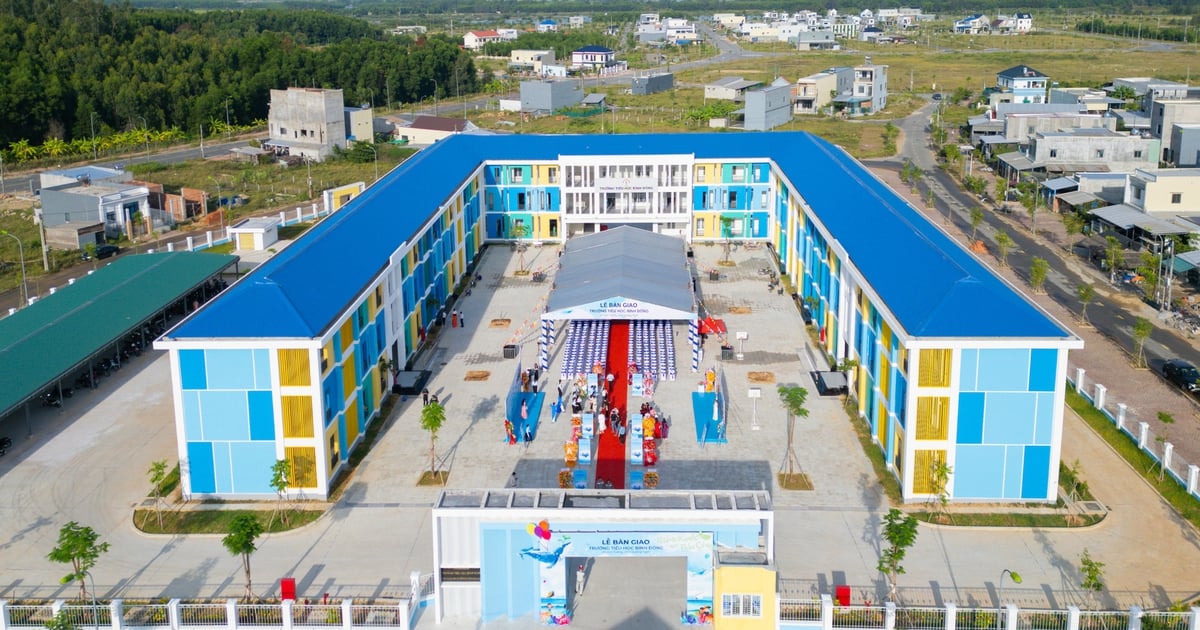

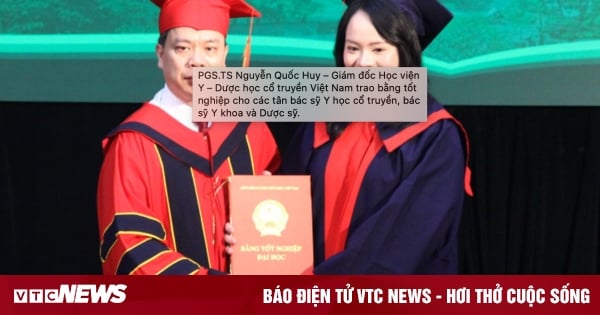

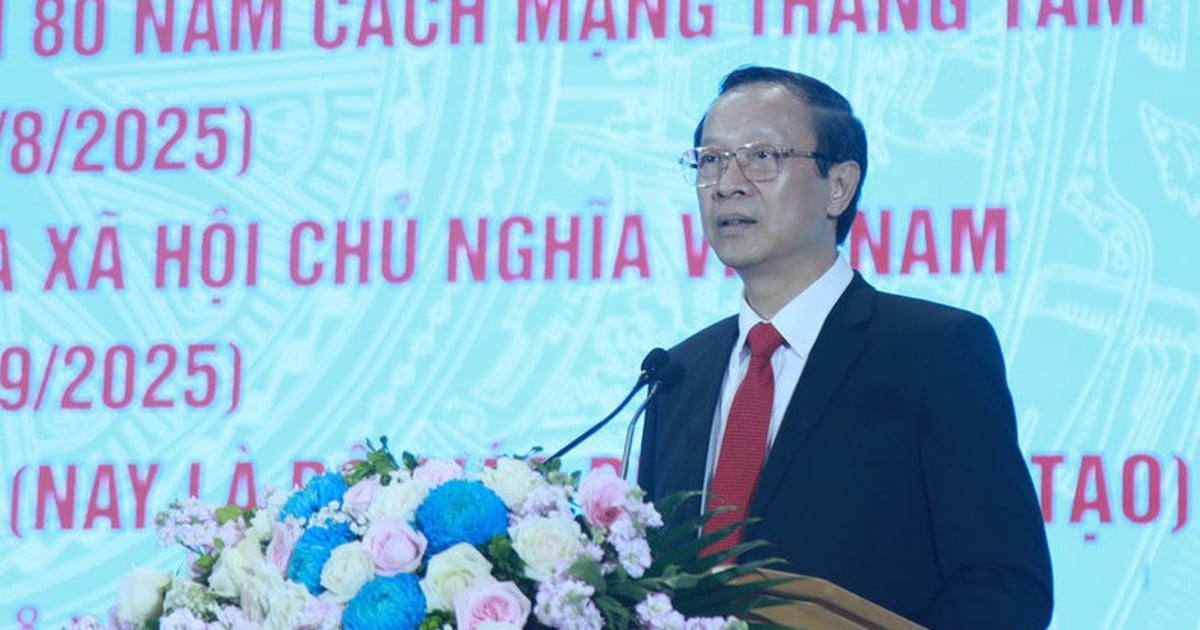
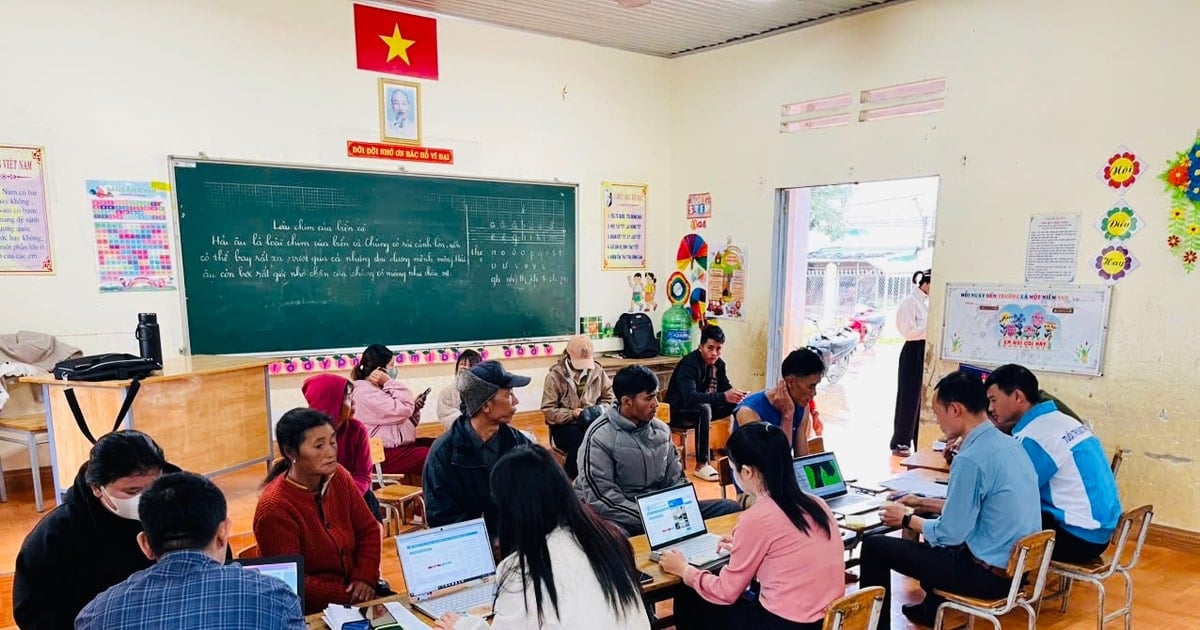


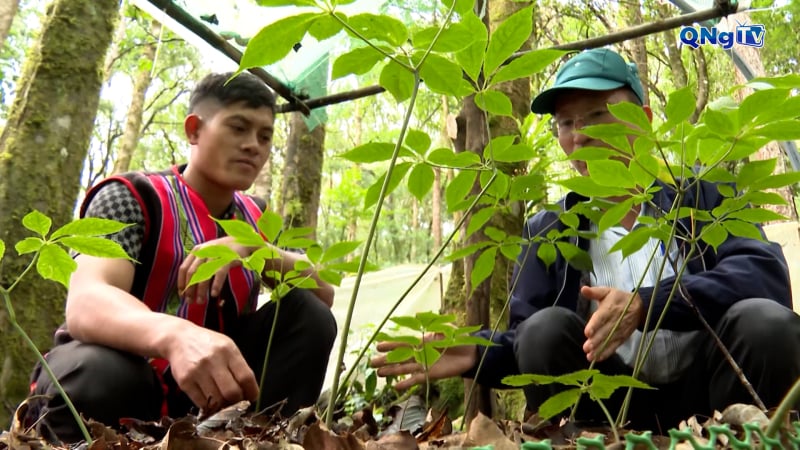











![[Photo] Prime Minister Pham Minh Chinh receives Australian Foreign Minister Penny Wong](https://vstatic.vietnam.vn/vietnam/resource/IMAGE/2025/8/20/f5d413a946444bd2be288d6b700afc33)
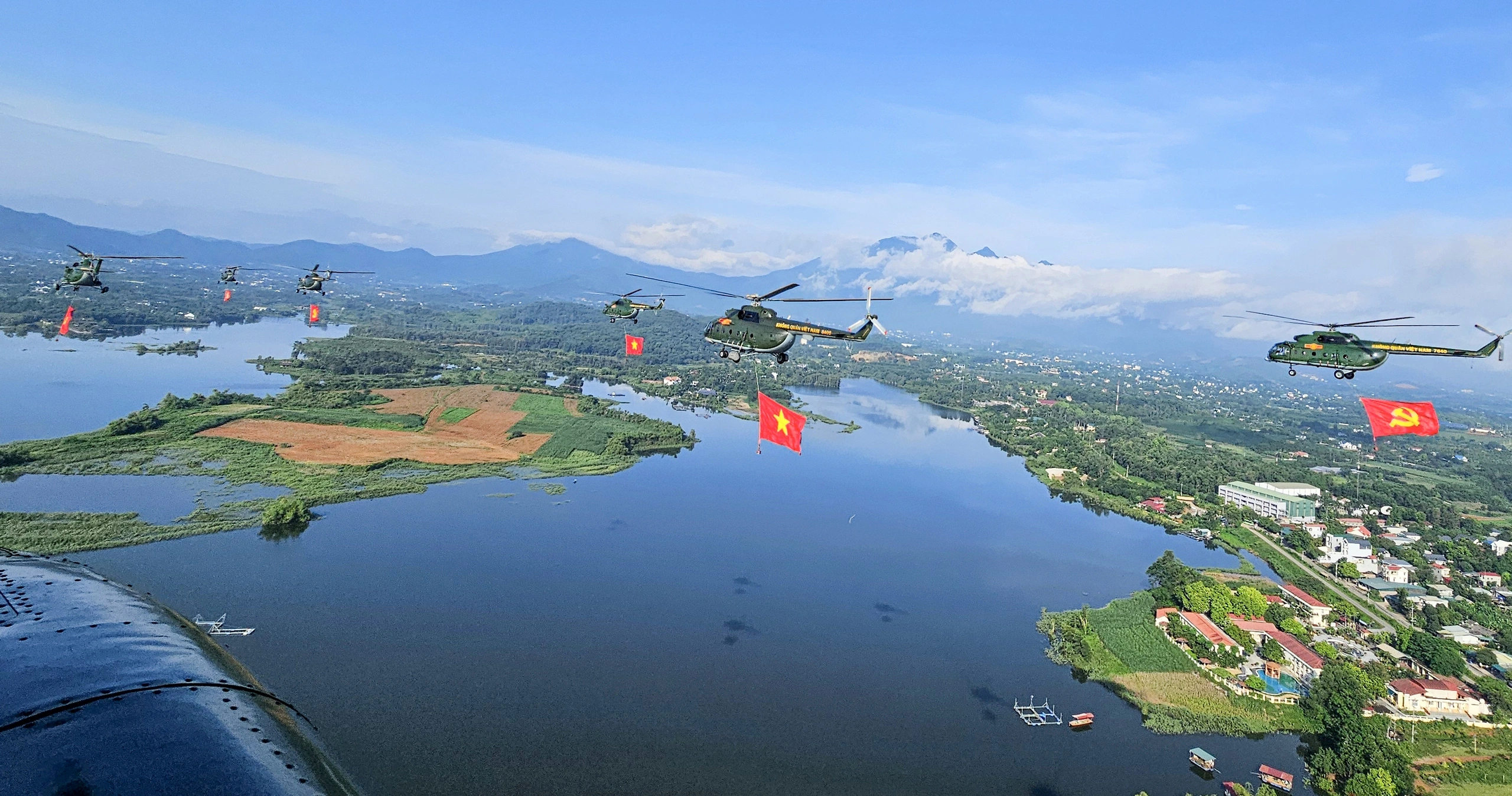
![[Photo] An Phu intersection project connecting Ho Chi Minh City-Long Thanh-Dau Giay expressway behind schedule](https://vstatic.vietnam.vn/vietnam/resource/IMAGE/2025/8/21/1ad80e9dd8944150bb72e6c49ecc7e08)



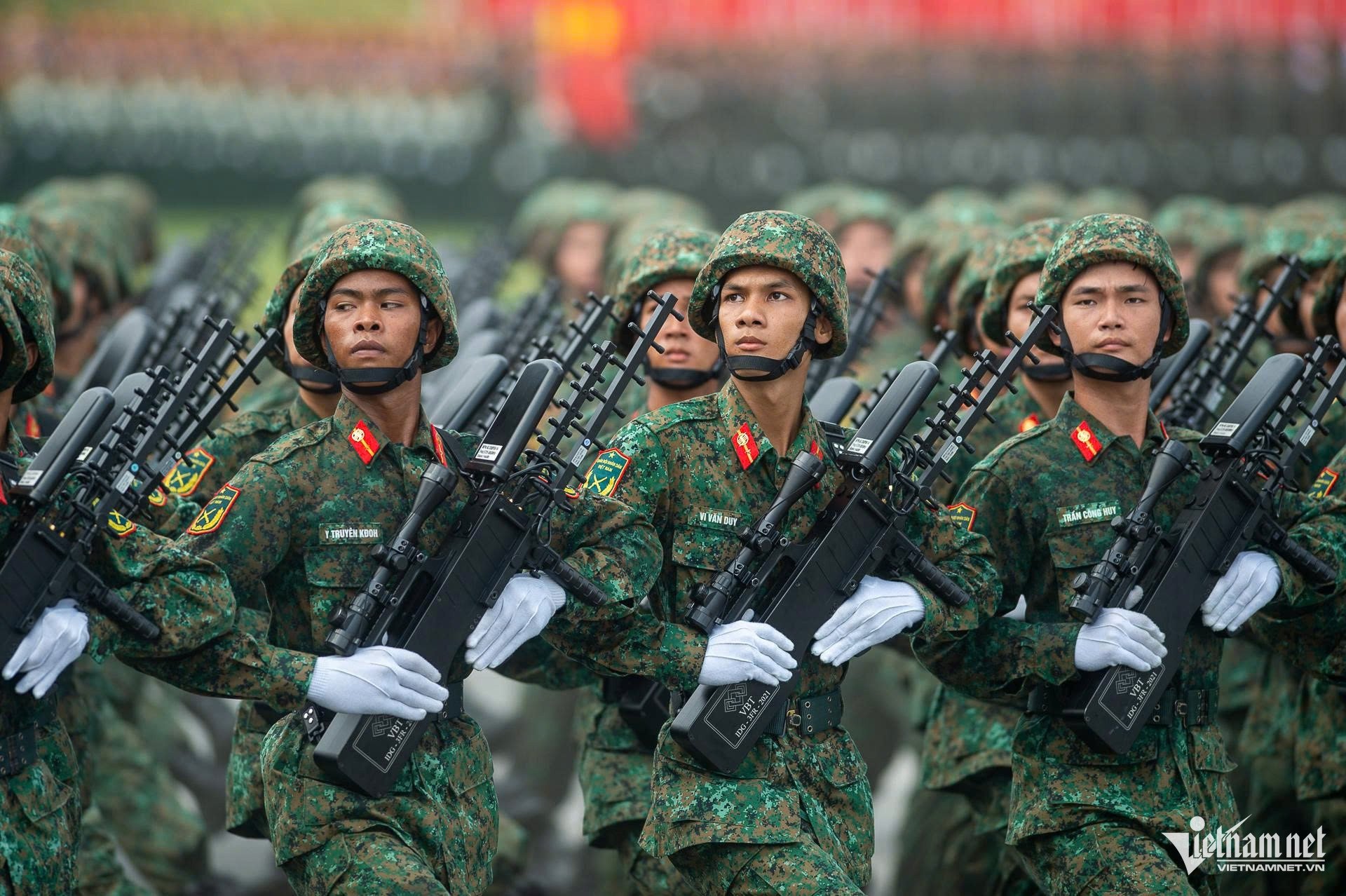
![[Photo] Politburo works with Standing Committees of Lang Son and Bac Ninh Provincial Party Committees](https://vstatic.vietnam.vn/vietnam/resource/IMAGE/2025/8/20/0666629afb39421d8e1bd8922a0537e6)
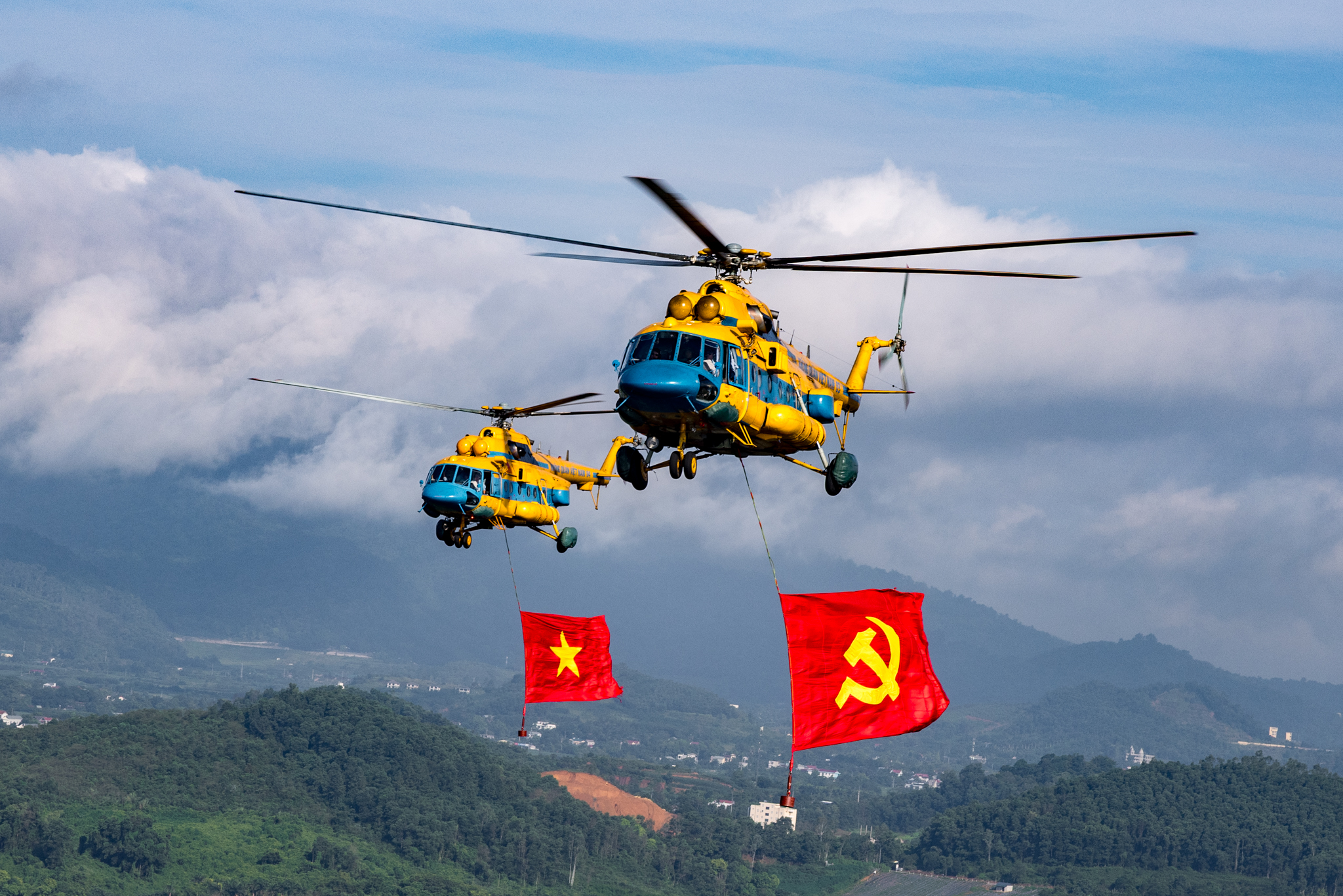









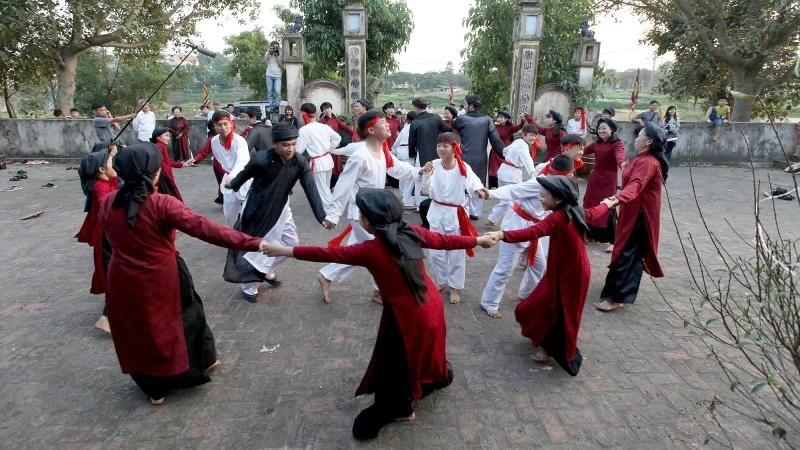











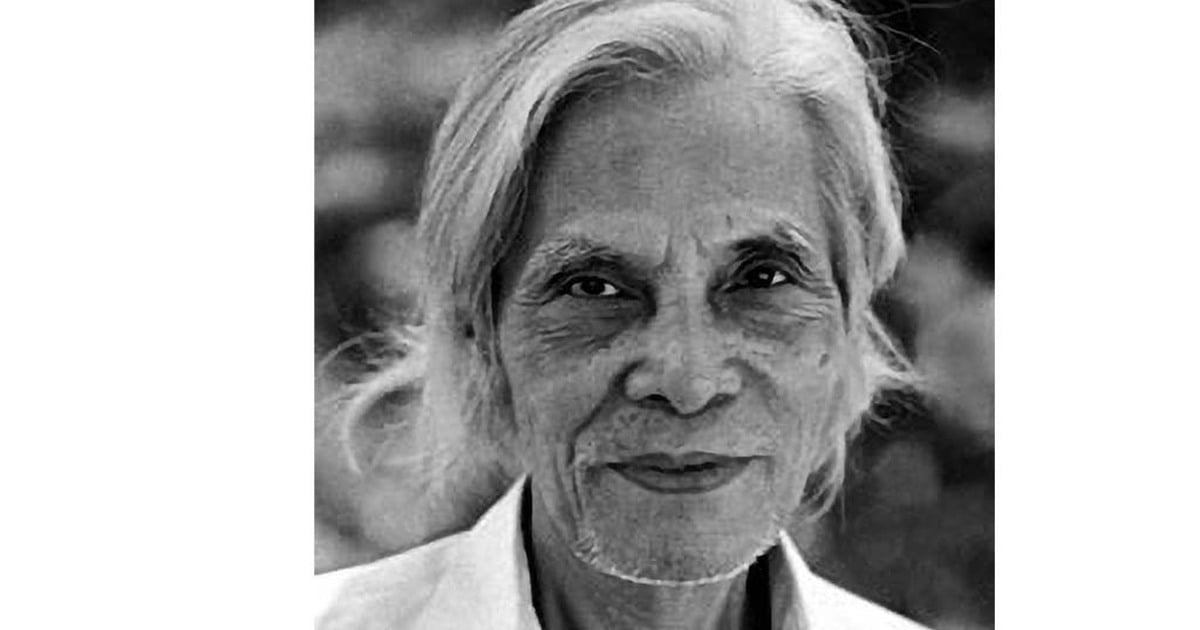








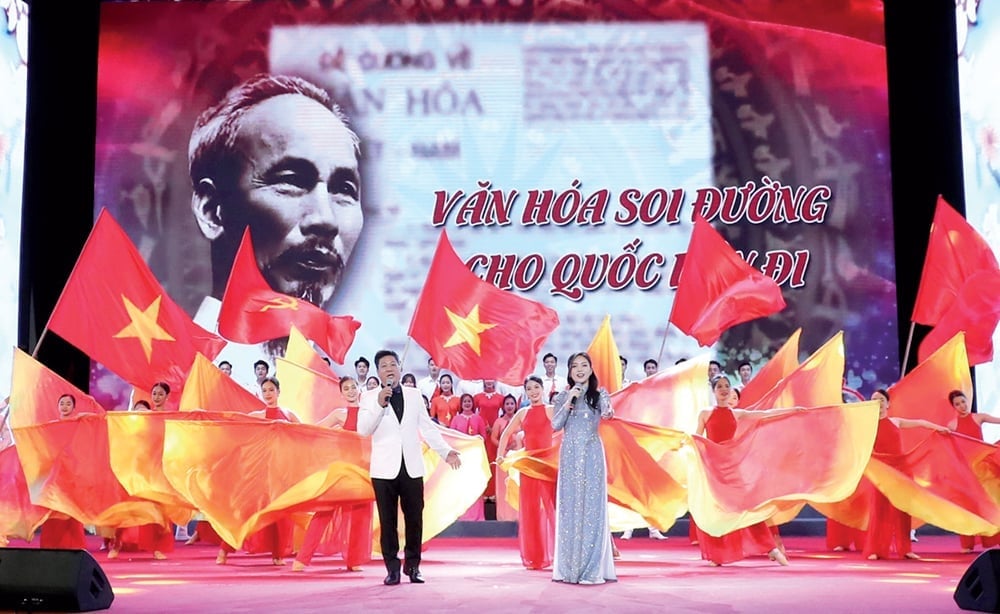


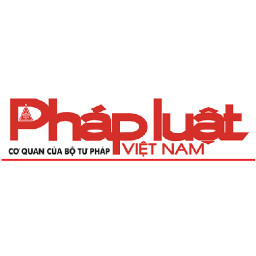

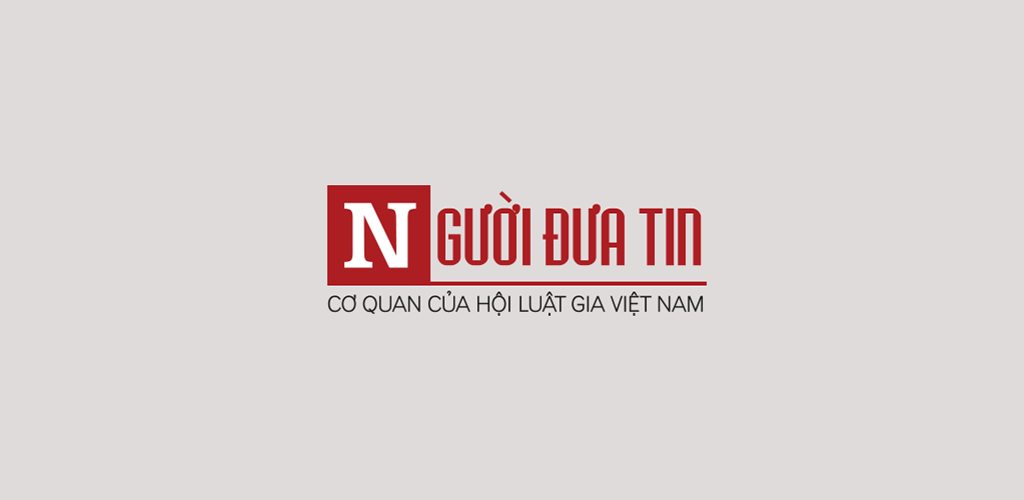

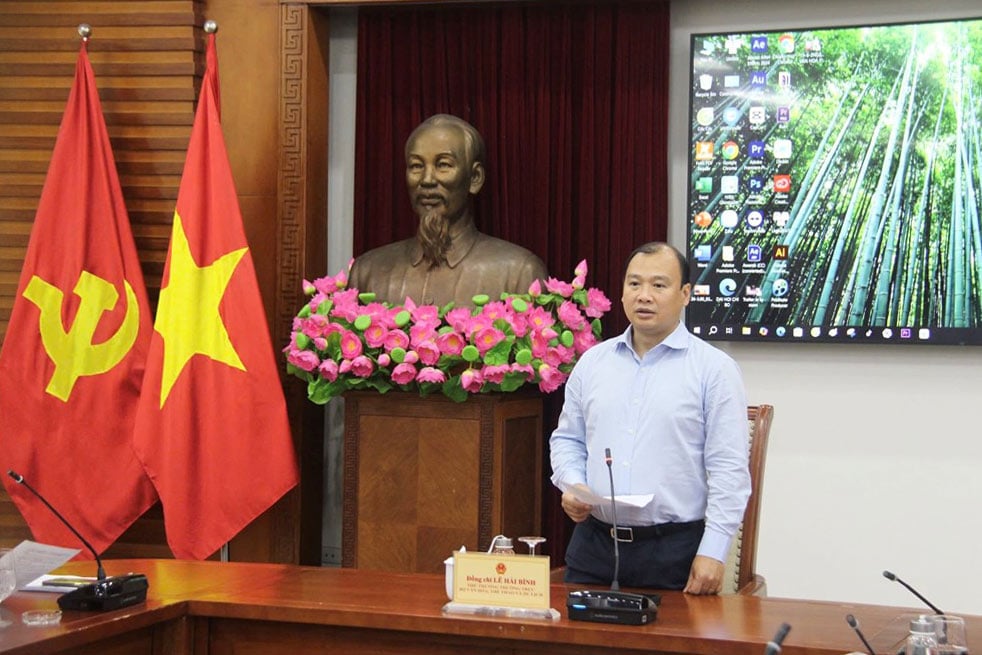

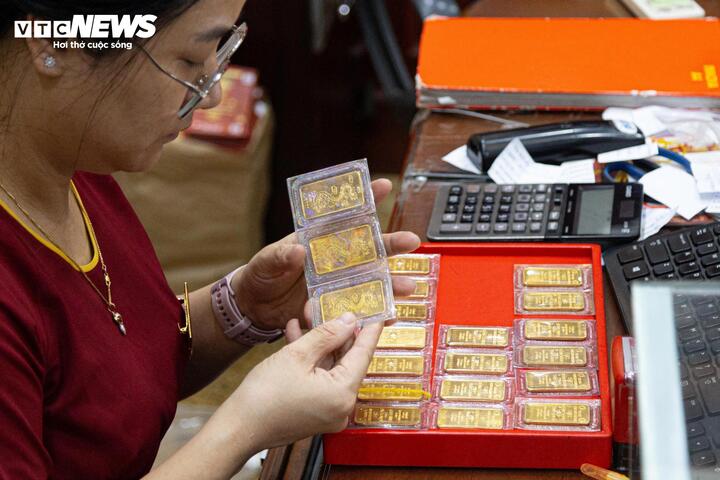




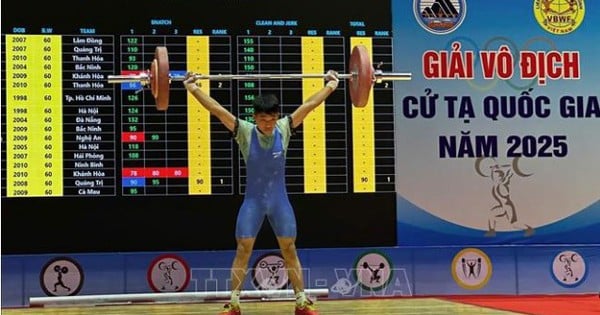

























Comment (0)